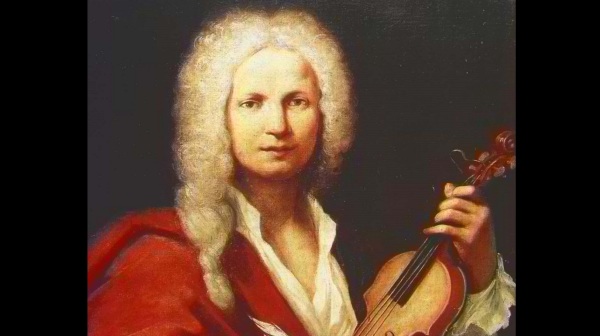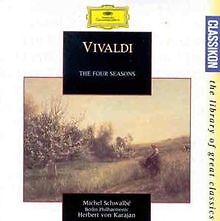

However, the desire for social recognition was bigger than his enthusiasm for making music. Antonio Vivaldi knew how to handle the instrument like a virtuoso from an early age, and was able to frequently substitute for his father in the San Marco Orchestra. Of the nine children of violinist Giovanni Battista Vivaldi, only his first son Antonio inherited the musical talent of his father. Ironically, it was mainly due to his father that Vivaldi soon started writing music history as a composer. His father had actually planned a career as a chastely priest for his firstborn.Īt first, the 25 year old “good son” obeyed his family and applied for his priestly ordination. Actually Vivaldi suffered from a disease similar to asthma which forced him to take breaks during the celebration of the Mass.Background information on the Four Seasons and Vivaldiįrom being a genius, admired during his lifetime, to his forgotten and impoverished death far from home, Antonio Vivaldi (1678-1741) savored all facets of a great artist’s biography.

One of the most widespread fabrication of history about the artist is his alleged bad habit of interrupting the celebration of the Mass to run to the sacristy and write the musical themes that came to his mind. The Opera was an instant success throughout Europe, bringing worldwide fame to the Italian composer.Īntonio Vivaldi was also a priest, and was often called " Il Prete Rosso" (The Red Priest) for the color of his hair. Furthermore, the plucked strings of violins, in “Winter”, remind us of the rain falling outside our homes.Įach concerto is preceded by an accompanying sonnet in Italian that describes the characteristics of each season. Other characteristics of Vivaldi's composition are the use of particular executive techniques, such as the use of high notes (to recall the birds in “Spring”) or the reduction of the accompaniment to a single long-lasting note, which recalls a great breath, a sense of expectation that anticipates a meteorological phenomenon.

The four concerts of The Four Seasons have been composed with a careful study of the tones: “Spring” has the brightness of the E major the G minor describes the sweetness and the melancholy of “Summer” the F major (“Autumn”) creates a rustic and crepuscular atmosphere, while the desolation of the F minor effectively describes “Winter”. The Four Seasons (in Italian: Le Quattro Stagioni) by Antonio Vivaldi, Italian composer and violinist, is a group of four concertos for violin solo concertante and chamber orchestra.


 0 kommentar(er)
0 kommentar(er)
